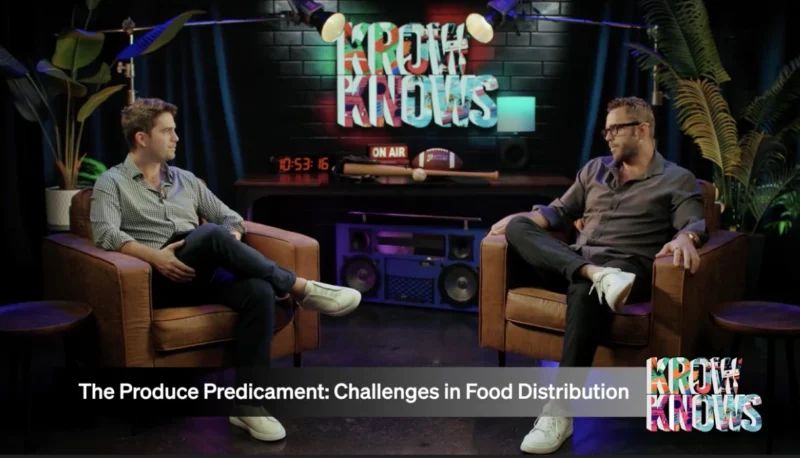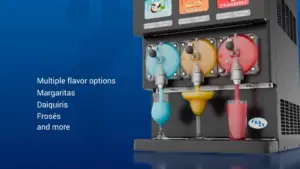RESEARCH SHOWS LED LIGHTING OFFERS SIGNIFICANT BENEFITS OVER HPS FOR PROFITABLE INDOOR CANNABIS GROWS
HPS lighting has been successfully utilized in agriculture to grow a wide variety of plants. However, LEDs have recently emerged as a viable alternative for growers that delivers a boost in product quality, cost and energy savings, full spectrum, environment-friendly benefits and more.
Research Demonstrates LED Advantages vs. HPS
Illumitex sponsored a recent Webinar: “Let There Be Light: A Comparative Study of LED and HPS Lighting Systems for Growing Cannabis Indoors” presented by Grow Opportunity and Greenhouse Canada. In the webinar, James Eaves, an agricultural economist, data scientist, and professor at the Université Laval in Quebec, revealed the results of an experiment conducted in the vertical farm facility of the Green Seal Cannabis Company.
When choosing the optimal lighting for vertical farming, Professor Eaves discovered the most relevant metric is not yield per square foot, but rather yield per cubic meter. Ideally, growers want to create as many rows of plants possible and adjust the lights to be closer to each row. LEDs have a considerable advantage in this respect, since most of the radiant heat produced isn’t transmitted from the light source toward the plants, so they can be moved much closer without any damage. Since light density increases photosynthetic activity, this should lead to better yield. However, it’s not only the intensity of the light that increases plant yield but also the spectrum of that light. Professor Eaves wanted to study both the impact of spectrum and intensity on yields to make sure that LED had some significant advantages over HPS lighting in growing and optimizing cannabis.
The experiment conducted compared the effects of 1060W double-ended HPS to 960W full-spectrum high-bay LED lights, or approximately the same wattage. The HPS light fixture was mounted 36 inches from the plants and the LED light fixture at 18 inches. In the first run of the experiment, the plants grown with LED lighting reached peak ripeness five days sooner, yielded 15% more dried flower, and were about two inches shorter at maturity.
LED Lighting Lowers Costs for Cannabis Growers in the Long-Term
The LED fixtures used by Professor Eaves cost about the same as HPS lights on a per-watt basis. However, HPS bulbs need to be changed about once every 9-18 months whereas LEDs should last at least eight years. In addition, since LED lights can be placed closer to the canopy without causing bleaching of plants, LEDs offer the potential to produce a greater yield more rapidly for the same wattage input. Finally, LEDs are far more energy efficient than other options, meaning they require less to operate. Available rebates may also help lower costs of the initial purchase and implementation of LEDs. In short, when growers take into consideration the initial capital costs as well as annual expenses required to run the two different lighting systems, it’s clear that in the long-term LED fixtures save money and positively impact the bottom line.
Illumitex: A Trusted Partner for Horticulture LEDs Today & the Solutions of Tomorrow
With a more than a decade of experience in both LED lighting and horticultural science, an absolute dedication to quality and performance, and solid support for the success of every customer, grow and crop – Illumitex, Inc. is the optimum partner for your greenhouse, vertical farm or any indoor grow initiative. Collaborative, agile and scalable, we can design, produce, deliver and support exactly the right solution for your unique environment and objectives. We are taking horticulture lighting and technology to the next level to improve efficiencies, crop quality, management and analytics, profitability and more. Contact us to see how.
To learn more about LED benefits, click here.









